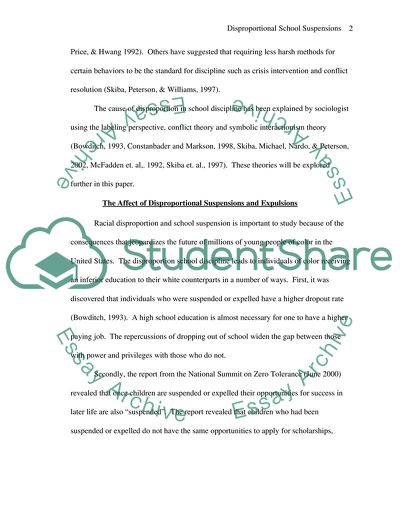Cite this document
(“The Disproportionality of School Discipline in U.S. Public Schools as Essay”, n.d.)
The Disproportionality of School Discipline in U.S. Public Schools as Essay. Retrieved from https://studentshare.org/sociology/1535476-the-disproportionality-of-school-discipline-in-us-public-schools-as-it-relates-to-race
The Disproportionality of School Discipline in U.S. Public Schools as Essay. Retrieved from https://studentshare.org/sociology/1535476-the-disproportionality-of-school-discipline-in-us-public-schools-as-it-relates-to-race
(The Disproportionality of School Discipline in U.S. Public Schools As Essay)
The Disproportionality of School Discipline in U.S. Public Schools As Essay. https://studentshare.org/sociology/1535476-the-disproportionality-of-school-discipline-in-us-public-schools-as-it-relates-to-race.
The Disproportionality of School Discipline in U.S. Public Schools As Essay. https://studentshare.org/sociology/1535476-the-disproportionality-of-school-discipline-in-us-public-schools-as-it-relates-to-race.
“The Disproportionality of School Discipline in U.S. Public Schools As Essay”, n.d. https://studentshare.org/sociology/1535476-the-disproportionality-of-school-discipline-in-us-public-schools-as-it-relates-to-race.


